Gillo Pontecorvo’s 1966 masterpiece, “The Battle of Algiers,” reconstructs the events that occurred in the capital city Algiers between 1954 and 1957. As a study of the brutality of urban guerrilla warfare, it serves an Arab-street-level counterpoint to Kathryn Bigelow’s US-imperialism-centered, torture-driven war propaganda film, “Zero Dark Thirty.” Beyond that, it can be seen as an incisive critique of the entire failed “War on Terror” policy employed by the US and their coalition partners against numerous nations in the Middle East.
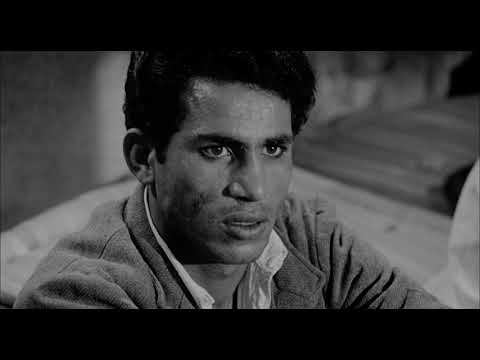
Watch this video on YouTube
The Battle of Algiers (English Subtitles) – Directed by Gillo Pontecorvo
A Street-Level Counterpoint to Zero Dark Thirty
The Battle of Algiers (French: La Bataille d’Alger; Italian: La battaglia di Algeri) is a 1966 war film based on occurrences during the Algerian War (1954–62) against The French Government in North Africa, the most prominent being the titular Battle of Algiers. It was directed by Gillo Pontecorvo. The film has been critically celebrated and often taken, by insurgent groups and states alike, as an important commentary on urban guerilla warfare. It occupies the 120th place on Empire Magazine’s list of the 500 greatest movies of all time.
Algeria was eventually liberated from the French, but Pontecorvo relegates that to an epilogue. He concentrates instead on the years between 1954 and 1957 when the freedom fighters regrouped and expanded into the casbah, only to face a systematic attempt by French paratroopers to wipe them out. His highly dramatic film is about the organisation of a guerrilla movement and the methods used to annihilate it by the colonial power.
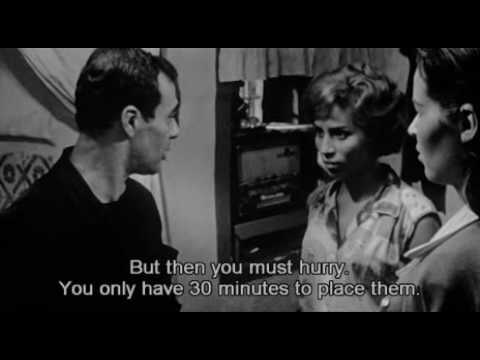
Watch this video on YouTube
Sequence of Bombings. The Battle of Algiers, Directed by Gillo Pontecorvo.
Here is an excerpt from a 2013 post in CounterPunch by Peter Lee, putting the film in context of the recent Hollywood film Zero Dark Thirty:
The Movie “Zero Dark Thirty” Wishes It Was But Isn’t
As the moving finger of chaos hovered over Mali and Algeria, I took another look at Gillo Pontecorvo’s 1966 masterpiece, The Battle of Algiers.
Trailer – The Battle of Algiers – Directed by Gillo Pontecorvo
I am somewhat puzzled that this movie is not at the heart of the Zero Dark Thirty debate. Because in many ways, perhaps intentionally, ZDT is the mirror-image doppelganger of Algiers. Both of them effectively employ an objective documentary style to depict a brutal, successful exercise in counter-terrorism. And both of them deal with torture.
In Algiers, we are immersed in the perspective of the Algerian revolutionaries. Even in the first scene, before anyone is introduced or anything explained, we witness the misery and anguish of the distraught informant, his chest disfigured by the flame of a blowtorch, who, as he is clad in French camo to serve as Judas goat by the cheery soldiers, runs to the window and cries out in despair before knuckling under to a soldier’s matter-of-fact persuasion: “Do you really want another round?”
The Battle of Algiers paints a convincing picture of the collapse of Western colonial rule, a process that even a no-holds-barred commitment to torture and the triumphant dynamiting of Ali la Pointe in his lair cannot forestall.
Zero Dark Thirty, on the other hand, puts us inside the national security bureaucracy instead of out on the Arab street, and depicts the devotion of all this torture, anger, and effort toward the destruction of a single man—Osama bin Laden—perhaps in the vain hope that the forces that obsess and threaten the United States will die with him. [The director] Kathryn Bigelow also wants to look reality in the face. Too bad it’s the face of a torturer.

Watch this video on YouTube
1992 Documentary of Gillo Pontecorvo’s Return to Algiers
To read the whole piece, See: Kathryn Bigelow’s Mirror Image Doppleganger of Pontecorvo’s “The Battle of Algiers”
Updated 27 December 2020



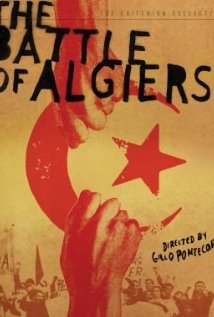
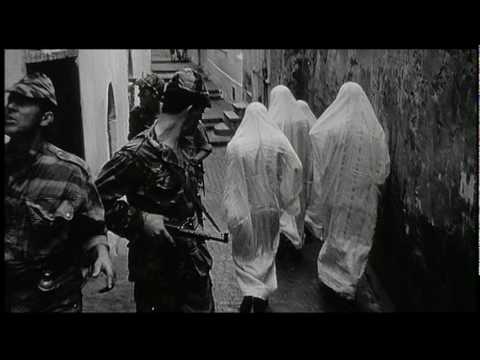

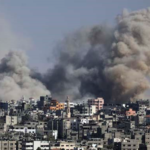

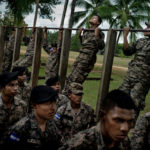





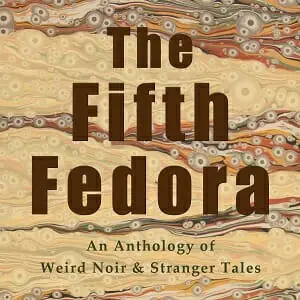

I’ll let Slavoj Žižek’s word reply: One doesn’t need to be a moralist, or naive about the urgencies of fighting terrorist attacks, to think that torturing a human being is in itself something so profoundly shattering that to depict it neutrally – ie to neutralise this shattering dimension – is already a kind of endorsement.
Imagine a documentary that depicted the Holocaust in a cool, disinterested way as a big industrial-logistic operation, focusing on the technical problems involved (transport, disposal of the bodies, preventing panic among the prisoners to be gassed). Such a film would either embody a deeply immoral fascination with its topic, or it would count on the obscene neutrality of its style to engender dismay and horror in spectators. Where is Bigelow here?
Without a shadow of a doubt, she is on the side of the normalisation of torture.
Read more…
Pingback: Palestine, War and Responsibility of Colonial Power | WilderUtopia.com
Pingback: Abby Martin on U.S. Imperialism and Climate Change - WilderUtopia